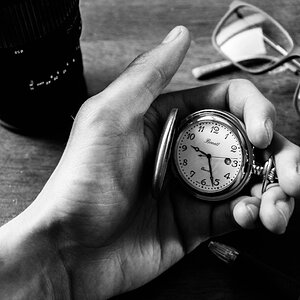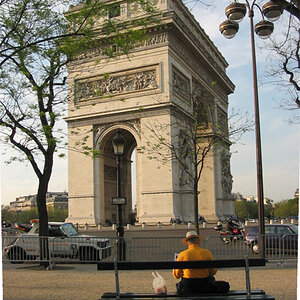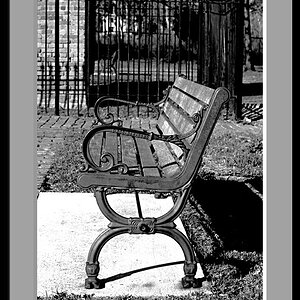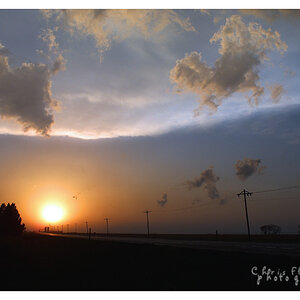jbylake
Dodging the Men in Black
- Joined
- Jul 23, 2009
- Messages
- 730
- Reaction score
- 35
- Location
- State of Confusion.
- Can others edit my Photos
- Photos OK to edit
This is all new to me, coming from a film background. How do I know that my camera, a D610, has this capability or not? Thanks,
J.
J.














